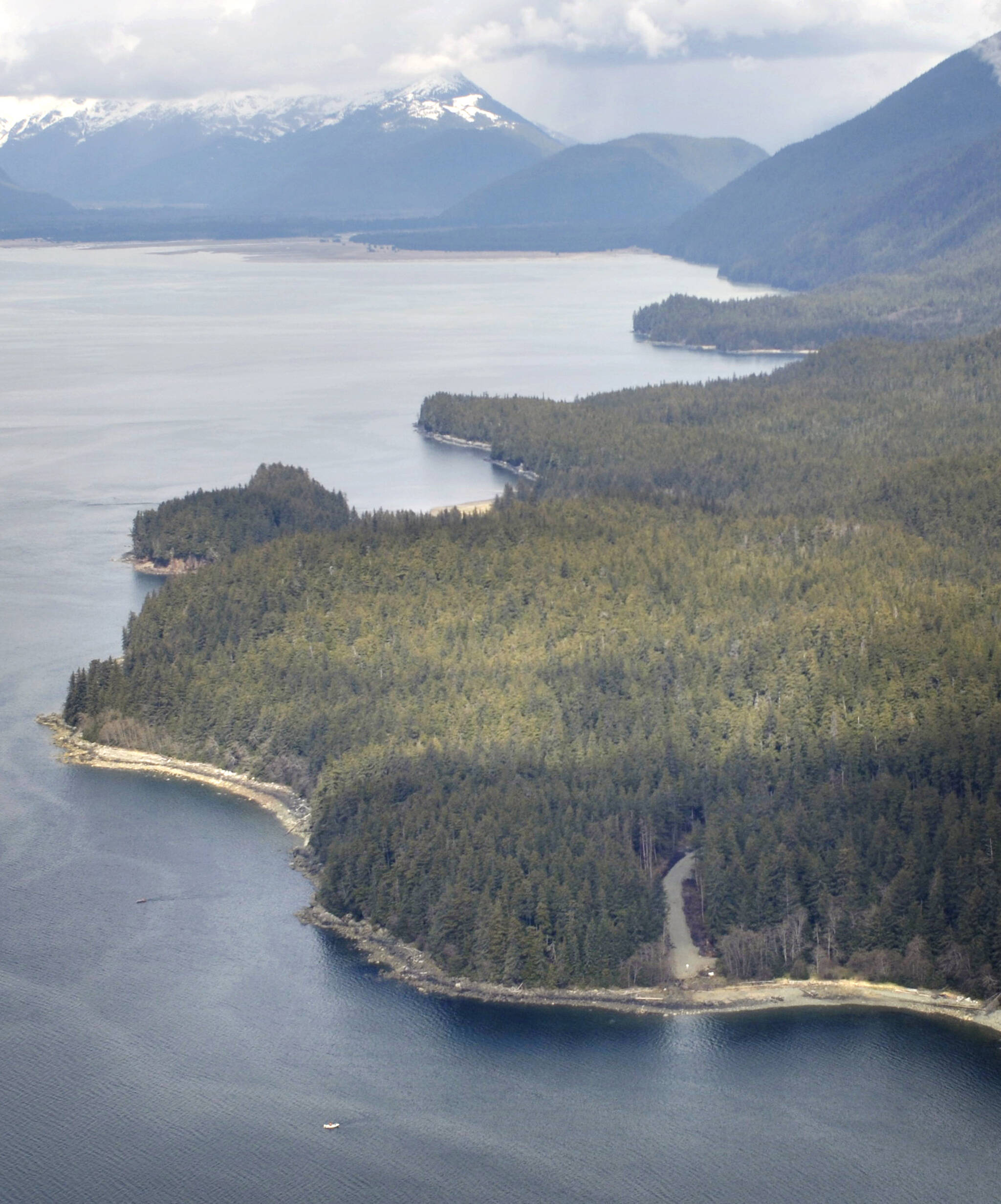State Sen. Jesse Kiehl thinks building a new ferry terminal 30 miles north of Auke Bay might “really increase ridership and revenue and commerce” between Juneau, Haines and Skagway and Juneau. “That’s the dream” of the Cascade Point project” he said in April 2021, “but until the analysis is done, it’s just a dream.” He added that the state Department of Transportation and Public Facilities needed “to really dig in and get all their homework done.”
The most important assignment is determining if the state and marine highway travelers will benefit from the project. That requires performing a serious traffic analysis. Despite not having done one, DOT is trying to convince members of the Alaska Marine Highway Operations Board that a $36 million investment in Cascade Point is a “significantly profitable scenario” with a payback of “under ten years.”
According to the materials for their July 1 presentation to the Board, DOT is proposing to build “a single end loading ferry berth” along with upland access, vehicle staging and parking. There will be an “unmanned day-use terminal” which would be used only during the summer months. Supporting infrastructure would include pit-style restrooms, a sewage holding tank, fuel storage tank, electrical generation, and potable water.
The facility would be on property owned by Goldbelt, Inc., an Alaska Native corporation located in Juneau. It would include a second berth for them to operate private boat service to the Kensington mine.
For Goldbelt, the project would primarily benefit its shareholders A long-term lease with the Alaska Marine Highway System, the private bus service they’ll provide for walk-on passengers, and moving their Kensington Mine shuttle departure point from Yankee Cove will all increase the corporation’s bottom line.
In their PowerPoint presentation to the board, Goldbelt claimed day boat service from Cascade Point will “provide more frequent visits, … increase ground transportation shipping opportunities from the lower 48 and Canada,” and “lower the cost of goods and lower the cost of services in Juneau and other northern Southeast communities.” But they provided absolutely nothing to back up such grand pronouncements.
In fact, an analysis of potential use of state-owned ferries to and from Cascade Point was suspiciously left out of the April 2021 Letter of Intent in which DOT and Goldbelt agreed “to engage in good faith discussions to determine the feasibility and suitability” of the project. And according to KFSK Radio in Petersburg, DOT Commissioner Ryan Anderson “told the Board that the project has been on pause” since that agreement was signed.
The four-page overview of the project that DOT provided the Board for their May 2022 meeting didn’t address projected use either. “For more comprehensive details” it directed the Board to the 2014 Juneau Access Environmental Impact Statement.
In June, DOT referred to “the 2055 forecasted traffic levels from the Juneau Access EIS” when responding to a Board member’s question about the assumptions being used to determine the number of passengers per week who would travel through the proposed terminal.
In other words, DOT is relying on the Juneau Access EIS for its traffic projections.
However, that model was developed solely for the Preferred Alternative — a new highway to the Katzehin River with shuttle ferries from there to Haines and Skagway. It was seriously flawed, as I and several other engineers pointed out in 2014. Furthermore, the study authors themselves stated the method for estimating traffic for all other alternatives was “a simplification of a very complex transportation demand environment.” They merely reduced demand based on the percentage increase of user costs between alternatives.
I have my doubts building a terminal at Cascade Point will significantly increase ferry traffic up and down Lynn Canal. Even with the 25% fare reduction touted by DOT, the round trip cost for a family of four from Juneau to Haines will still be almost $500. And it will only reduce one-way travel time from about four hours to two and a half.
Regardless, determining the economic feasibility of Cascade Point must be based on a traffic projection model for the very unique opportunities and limitations of traveling by ferry between there, Haines and Skagway. The board should insist that homework be done before they’ll even consider voting on a recommendation to fund its design and construction.
• Rich Moniak is a Juneau resident and retired civil engineer with more than 25 years of experience working in the public sector. Columns, My Turns and Letters to the Editor represent the view of the author, not the view of the Juneau Empire. Have something to say? Here’s how to submit a My Turn or letter.

